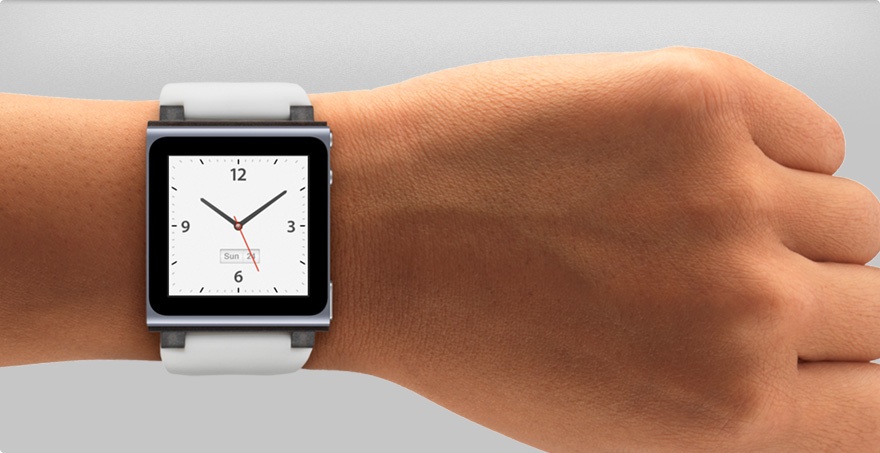FEATURES AND BATTERY LIFE
In early March, another flurry of reports about Apple's iWatch plans arrived, with Bloomberg claiming that the device could include biosensors and mapping features and launch "as soon as" 2013. The Vergefollowed up with its own report claiming that the iWatch was indeed planned to run a "full" version of iOS rather than a simpler operating system such as that seen on the iPod nano.
In June, Apple launched iOS 8, which includes a health and fitness tracking app called "Health." Rumors have suggested that the iWatch will integrate with this new Health app, allowing it to collect data from the iWatch's sensors.
As work on the iWatch continues, Apple is placing a significant amount of focus on expanding Siri's ability to interface with third-party apps to improve the number of tasks executable via voice command. It is possible that the iWatch will rely heavily on voice-based input via Siri due to the limitations of its size.
TRADEMARK APPLICATIONS
Public evidence of Apple filing for "iWatch" trademarks began to surface in June, first in Russia and later inJapan and a number of other countries. Apple's initial filing was apparently made in Jamaica in December 2012, but in early June the company began making much broader efforts to protect the name, although it will face competition from existing marks in a number of major countries including the United States.
While Apple filed for its own trademarks under its own name in a number of major countries, it may have used a shell company called Brightflash USA LLC to file for "iWatch" trademarks in other countries like the United States, Australia, United Kingdom, Denmark, Macau, and several dozen other countries around the world.
In recent months, Apple has also extended its "Apple" trademark to cover jewelry and watches in countries like Ecuador, Mexico, Norway, and the United Kingdom.
PRODUCTION ISSUES
Apple is reportedly working to overcome several issues with its iWatch development, which has hit snagsin battery life, display technology, and manufacturing technique.
According to a report from The Information, battery issues caused Apple to consider a new screen technology for the iWatch in late 2013, though it is unclear whether Apple has indeed made a switch from OLED, the technology largely favored for the display in rumors throughout 2013. Early reports indicated that prototypes of the iWatch were seeing just one to two days of battery life, with Apple hoping to increase that duration to at least four or five days.
A report from The New York Times has indicated Apple is experimenting with a number of charging methods for the iWatch, including wireless induction charging, potentially allowing users to recharge their watches wirelessly. Wireless charging has also been suggested by KGI securities analyst Ming-Chi Kuo andseveral other reports coming out of the Asian supply chain. Wireless charging could make it easier for iWatch users to frequently charge their devices if Apple does not meet its battery life goals.
Along with wireless charging, Apple may incorporate LG's "stepped" batteries into the iWatch. Designed with a slight ridge, the technology increases a battery’s capacity by 16 percent over a standard battery. Stepped batteries can be made in a variety of shapes and such a design could help Apple eke out extra longevity in the iWatch.
Early iWatch production is said to be seeing low yields, primarily due to the surface finish treatments for the body of the device. Apple is reportedly using metal injection molding methods for the iWatch, with the surface treatments being used to improve the look of the device.
Apple partner LG, said to be making the majority of the displays for the iWatch, reportedly continues to struggle with the power draw of the display. Apple is aiming for nearly zero energy use in standby mode, which LG has had difficulty achieving. This has allegedly resulted in a delayed release date for the device, but it is possible LG has overcome its issues as the iWatch is said to be entering mass production in July.
CONCEPT IMAGES
There have been no hints on what form factor Apple's iWatch might take on, but that hasn't stopped people from speculating. Several different iWatch concept images have surfaced, mimicking the design of existing products or adopting futuristic curved displays.
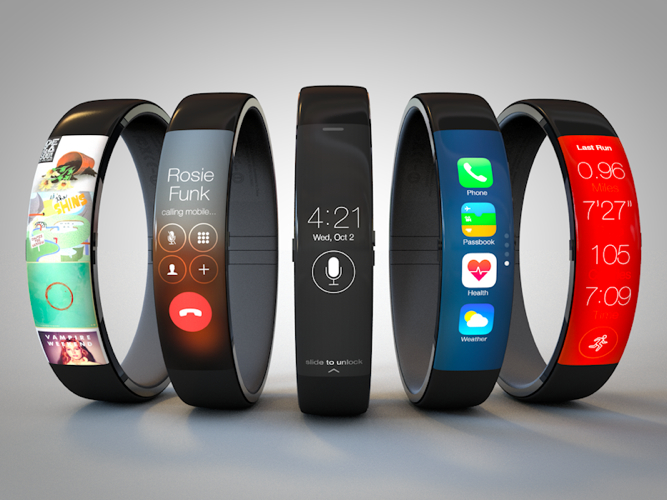
iWatch concept by Todd Hamilton, based on the Nike Fuelband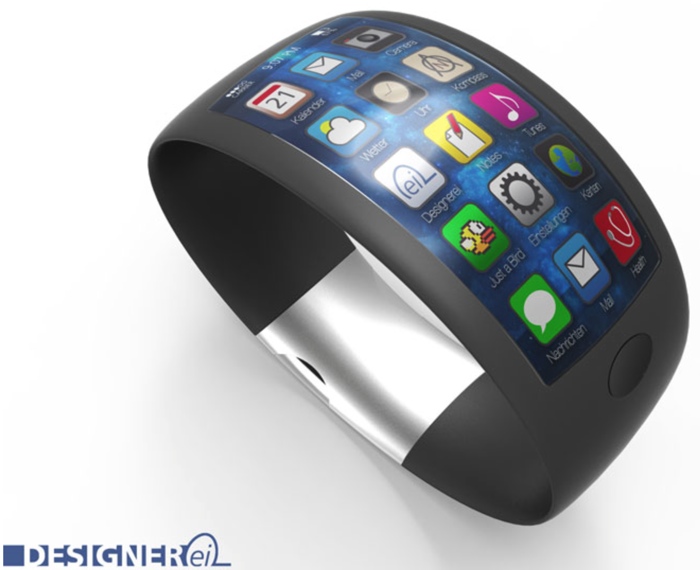
Screen-centric iWatch concept by DesignerEI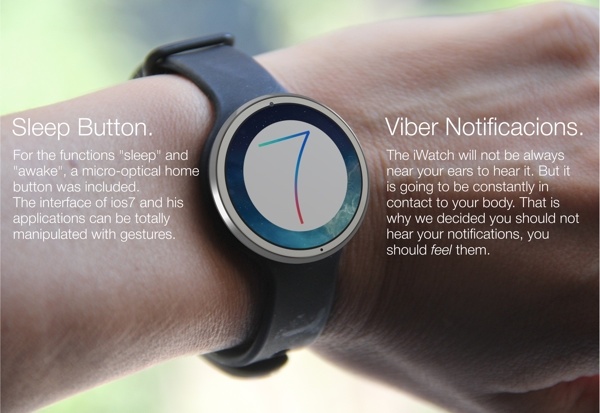
iWatch as a life style device concept by Tomas Moyano.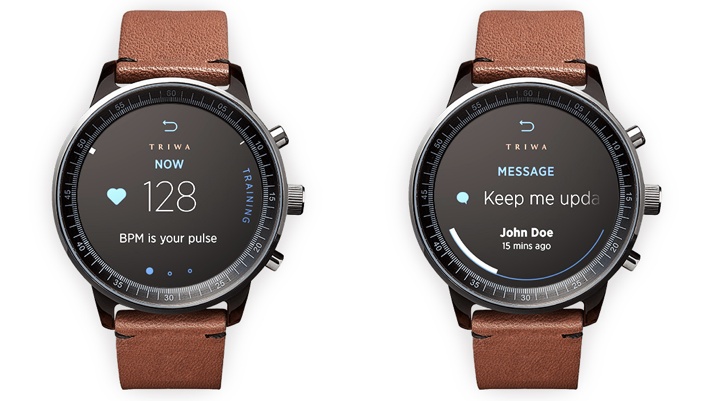
Traditional watch-style iWatch concept by Gábor Balogh.RELEASE DATE
In a recent product roadmap, reliable KGI Securities analyst Ming-Chi Kuo predicted a third quarter launch date for the iWatch, which is in line with previous rumors. Supply chain sources have also pointed towards a late 2014 launch date, possibly in September, with some supply chain partners beginning production on iWatch components in June.
While there was some speculation that Apple might preview the iWatch alongside iOS 8 during its annual Worldwide Developers Conference, a report from Re/code quashed those rumors and indeed the device was not shown at WWDC. The most recent word from Nikkei and Re/code is that Apple is tentatively aiming for an October debut for the iWatch.
